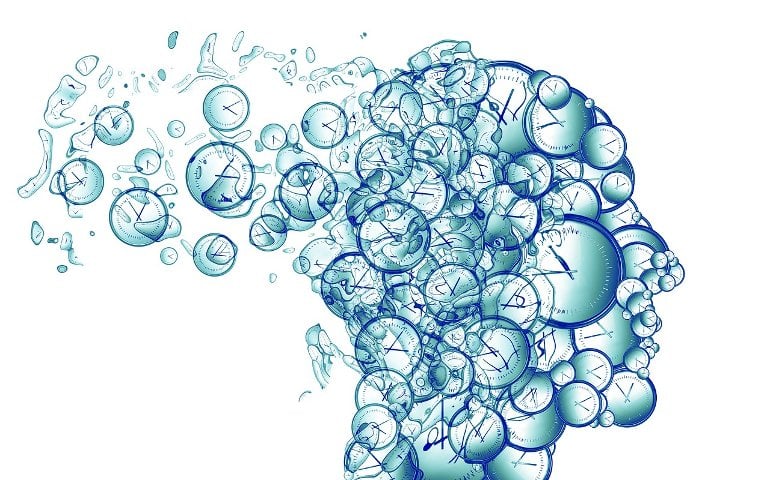Summary: When the perception of bodily self-consciousness is distorted, the recovery of body ownership can be predicted by different kinds of memories.
Source: University of Tsukuba
Scientists and philosophers have pondered the nature of consciousness for centuries. But now, researchers from Japan have uncovered new information that challenges previous theories about the relationship between two elements of consciousness.
In a study published this month in iScience, researchers from the University of Tsukuba have revealed that when the perception of bodily self-consciousness is distorted, the recovery of body ownership can be predicted by different kinds of memories.
Bodily self-consciousness arises through a developmental process in which sensory information is integrated with mental representations of the body, and it has specifically been linked to the relationship between body ownership and agency (the sense of being able to control one’s actions at will). However, little is known about the development of body ownership and agency, or how these are restored after injury, something the researchers at the University of Tsukuba aimed to address.
“Clarifying how temporal and dynamic aspects of bodily self-consciousness change over time is crucial for understanding how it is developed,” says main author of the study Professor Jun Izawa. “Specifically, the speed of adaptive recovery in task performance can illuminate the relationship between adaptive adjustments to memory and the recovery of various aspects of bodily self-consciousness.”
To examine this, the researchers decreased the perception of body ownership and agency by inducing a visual distortion while participants grasped an object in a virtual reality environment. They then observed how the participants adapted their movements to the distortion over a sequence of trials, to recover their ability to perform the grasping task.

“We found that the recovery of body ownership was associated with a fast memory process, whereas that of agency was mainly associated with a slow memory process,” explains Professor Izawa.
Thus, while body ownership and agency were restored simultaneously following exposure to the visuomotor distortion, this recovery appears to have been based on two different systems for updating memory, with distinct time courses.
“Our results challenge the conventional framework that proposes that body ownership and agency exist on different hierarchical levels of self-consciousness,” says Professor Izawa. “Instead, the perception of causality and hierarchy between these two elements may be an illusion resulting from the neural processing of parallel streams of information.”
Previous studies have indicated that body ownership and agency are distinct, and that they may by causally related. However, this new information indicates that the relationship between these two senses may not be so simple. Instead, changes in bodily self-consciousness may depend on the interaction between multiple motor memory processes over various timescales. This information could facilitate the development of treatments aimed at recovering self-consciousness after illness or injury.
About this consciousness research news
Author: Press Office
Source: University of Tsukuba
Contact: Press Office – University of Tsukuba
Image: The image is in the public domain
Original Research: Open access.
“The role of motor memory dynamics in structuring bodily self-consciousness” by Ryota Ishikawa et al. iScience
Abstract
The role of motor memory dynamics in structuring bodily self-consciousness
Highlights
- Body ownership and agency recover from their loss over different time courses
- The body consciousness recovery process involves motor memory formation
- Fast memory drives body ownership recovery
- Slow memory drives agency recovery, and fast memory accelerates this process
Summary
Bodily self-consciousness has been considered a sensorimotor root of self-consciousness. If this is the case, how does sensorimotor memory, which is important for the prediction of sensory consequences of volitional actions, influence awareness of bodily self-consciousness? This question is essential for understanding the effective acquisition and recovery of self-consciousness following its impairment, but it has remained unexamined.
Here, we investigated how body ownership and agency recovered following body schema distortion in a virtual reality environment along with two kinds of motor memories: memories that were rapidly updated and memories that were gradually updated.
We found that, although agency and body ownership recovered in parallel, the recovery of body ownership was predicted by fast memories and that of agency was predicted by slow memories. Thus, the bodily self was represented in multiple motor memories with different dynamics.
This finding demystifies the controversy about the causal relationship between body ownership and agency.







